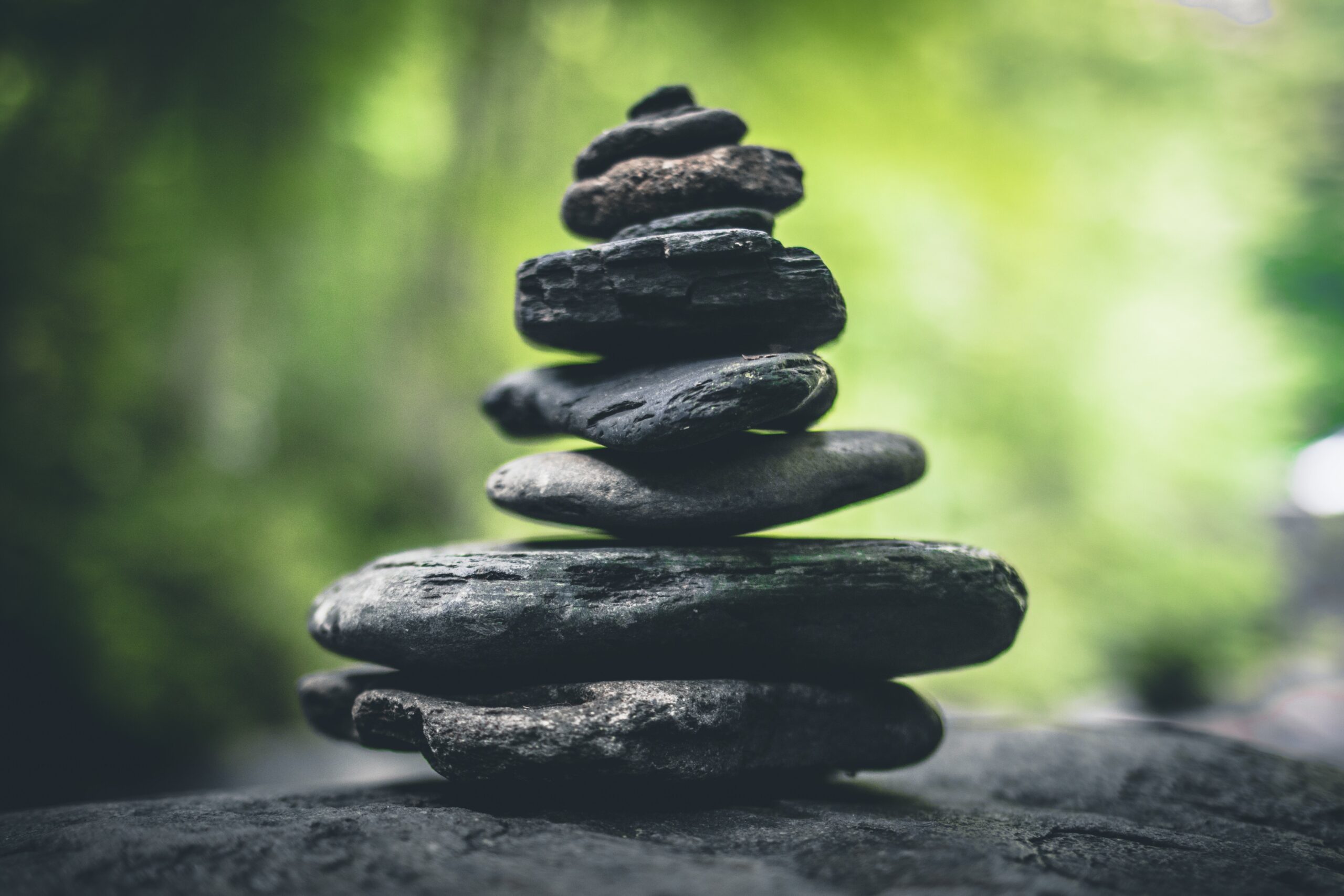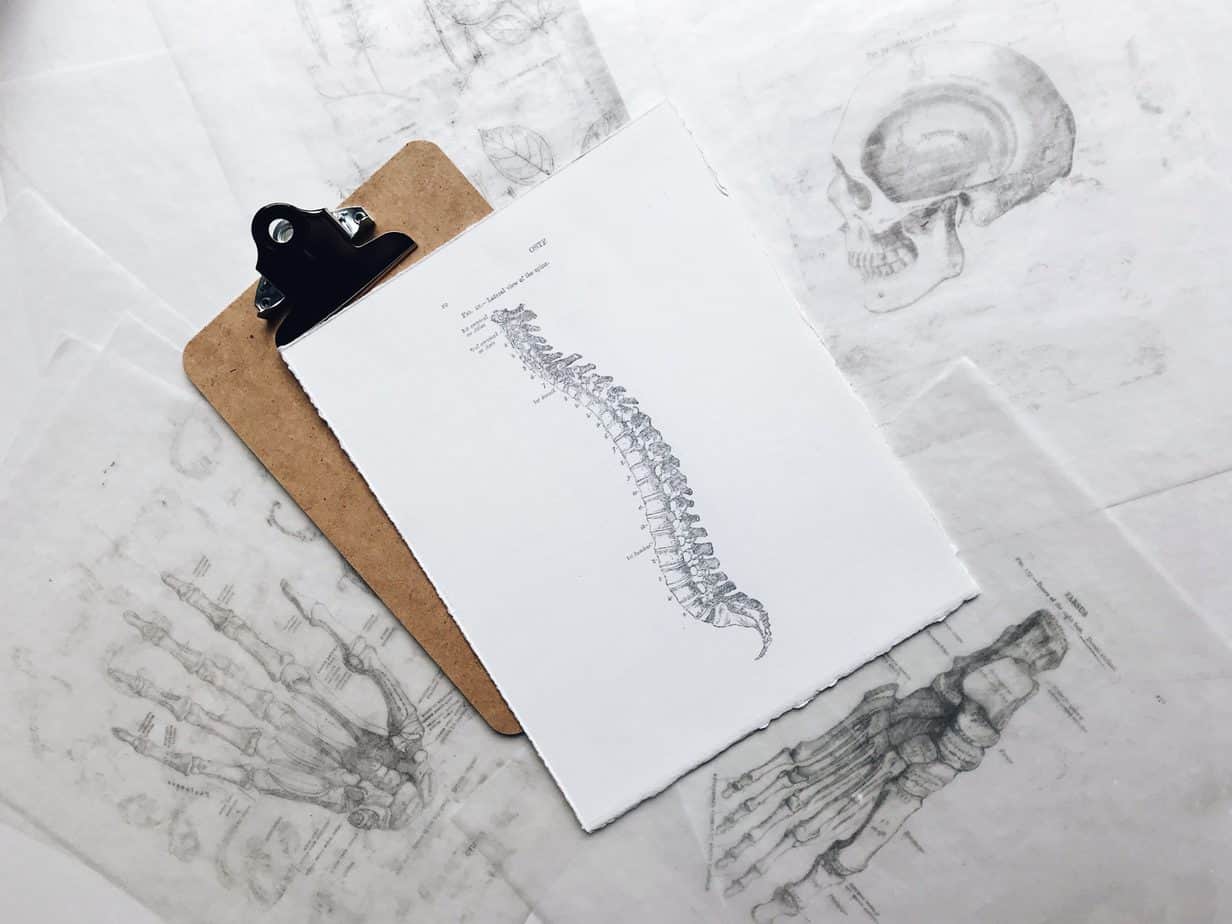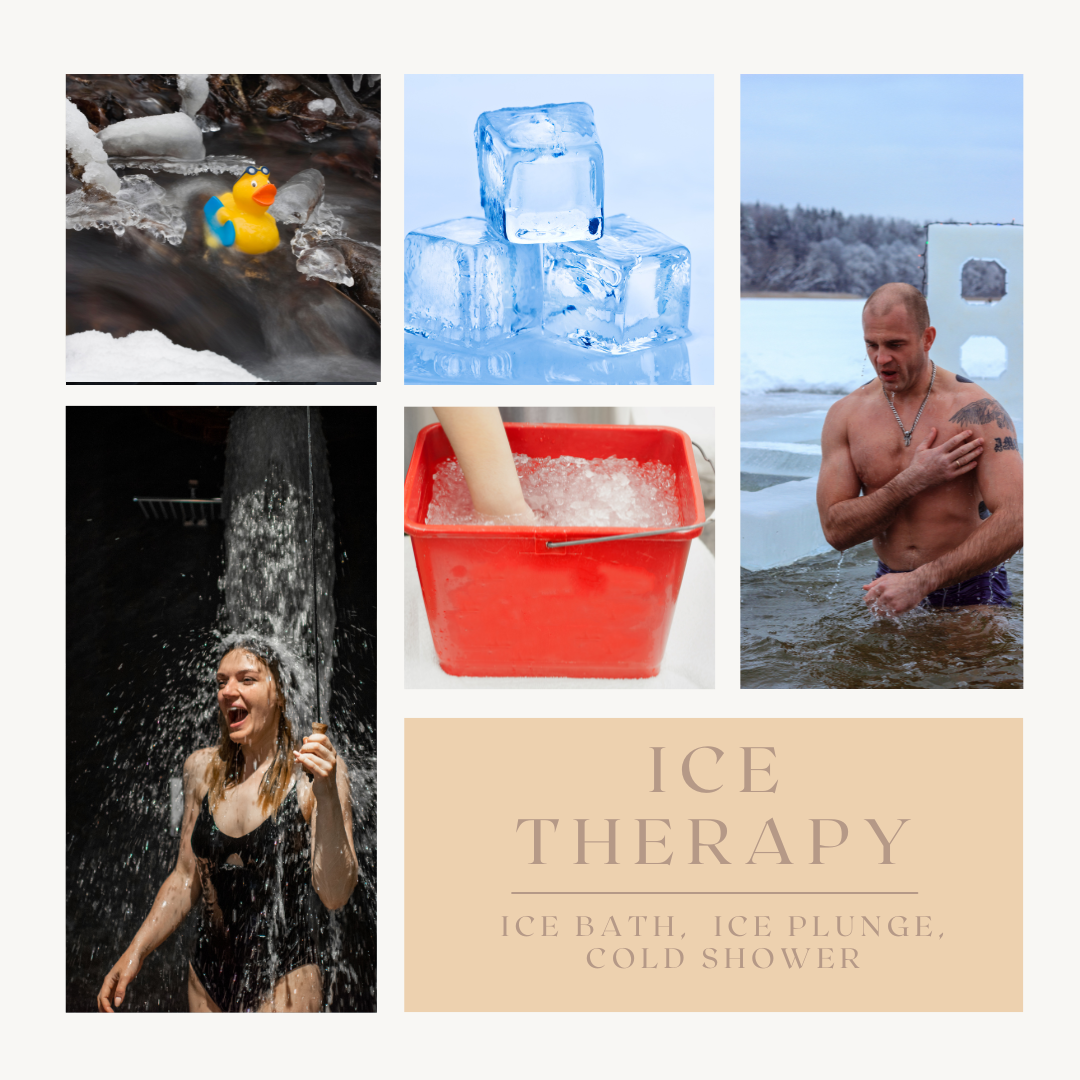Finding Harmony Within

Exploring the Autonomic Nervous System and Elevating Vagal Wellness
Delving into the complexities of our body’s autonomic nervous system (ANS), it becomes evident that our perception of pain, emotional states, and overall well-being are intricately intertwined. In our previous blog, the exploration of the sympathetic and parasympathetic nervous systems unveils a deeper understanding of how these systems influence our daily lives. Polyvagal theory amalgamates insights from the neuroscience of these systems, psychology, and evolution, sheds light on effective techniques that empower us to navigate and harness the potential of our intricate nervous system.
How do I know what system I am in?
Every individual oscillates between the sympathetic and parasympathetic nervous systems during the day. However, the dominance of one system can lead to a prolonged state of hyper-vigilance or emotional dissociation or it can manifest as a freeze response.
How do I enhance my Vagal Tone?
Identifying the underlying factors contributing to a hyper-vigilant state is crucial. Instances of internal or external perceived danger, as well as past traumatic experiences, can anchor an individual in a perpetual state of alertness. While comprehensive resolution often requires professional guidance from practitioners such as trauma specialists, physical therapists, or talk therapists, there are simple yet impactful techniques that can promote a sense of calm, when practiced in a safe and comfortable environment.
Techniques to Stimulate Calmness:
- Singing or humming:
- Engaging in light singing, crooning in the shower, or simply humming tunes.
- Breathing Exercises:
- Experimenting with diverse breathing exercises like slow nostril breathing, belly breathing, box breathing, lion’s breath, or Ujjayi breathing.
- Gut Health Support:
- Nurturing the gut with prebiotics to fortify the microbiome.
- Cold exposure:
- Experiencing a splash of cold water on the face or briefly holding an ice cube.
- Exercise:
- Incorporating low-intensity exercises, offering a broad spectrum of physical activity.
- Mindfulness and Meditation:
- Cultivating internal and external attention, embracing various meditation practices.
- Social Connectivity:
- Fostering relationships with friends, family, or pets for a sense of belonging and emotional support.
Synergistic Techniques:
The amalgamation of techniques can amplify their efficacy. For instance, pairing the tactile sensation of holding an ice cube with a deliberate breathing exercise, or intertwining low-intensity workouts with a specific breathing technique, can yield enhanced benefits.
By comprehending the dynamic interplay between our autonomic nervous system and our responses to internal and external stimuli, we pave the way for fostering resilience and emotional equilibrium. The adoption of these techniques not only cultivates a sense of calm but also empowers individuals to navigate the intricate labyrinth of their nervous system, promoting overall wellness.







